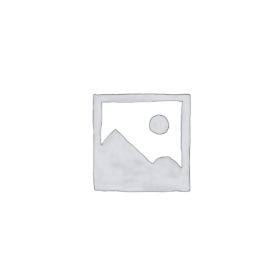- Your cart is empty
- Continue Shopping
Product
Crystal violet is a high-grade reagent supplied by Micromaster. Few other chemical names used to denote this reagent include, Aizen Crystal Violet, Aniline Violet, Basic Violet 3, Bismuth Violet, Gentian Violet; Ammonium, (4-(bis(p-(dimethylamino)phenyl)methylene)-2,5cyclohexadien-1-ylidene) dimethyl-,chloride; Methylrosaniline chloride; Hexamethyl pararosaniline chloride and Hexamethyl-p-rosaniline chloride. It is available in the form of a green to dark green powdered solid which is has slight characteristic odour. It is stable if stored according to the recommended conditions. If exposed to excessive heat or in case of burning, it can generate hazardous decomposition products like carbon monoxide and carbon dioxide. It is incompatible with oxidising agents.
CAS No. 548-62-9
Quantity provided: 100 g/pack
Molecular formula: C25H30ClN3
Molecular weight: 407.986 g/mol
Crystal Violet is a blue, aniline-derived dye with antifungal and antimitotic properties. This dye (GV) dissociates into positive (GV+) and negative ions (Cl-) that penetrate both gram-positive and gram-negative bacterial cells. The GV+ ions interact with negatively charged components of the bacterial cell wall including lipopolysaccharide, peptidoglycan and DNA. This agent is also a mutagen and mitotic poison. It is an important histological stain, prominently used for Gram staining. The Gram stain is a differential staining technique most widely applied in all microbiology disciplines laboratories. It is one of the most important criteria in any identification scheme for all types of bacterial isolates. Different mechanisms have been proposed to explain the gram reaction. Crystal Violet is also used to dye paper and as a component of navy blue and black inks for printing, ball-point pens, and inkjet printers. It is also used to colourize diverse products such as fertilizers, antifreezes, detergents, and leather.



Reviews
There are no reviews yet.